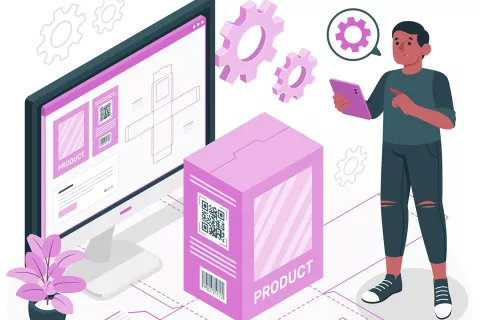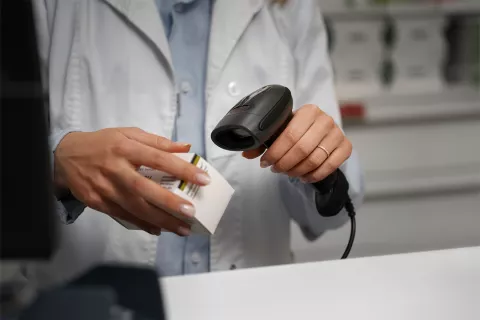
It is drug manufacturers’ responsibility to ensure the drug/device is developed in accordance with compliance and is also used in safe and secured way. When it comes to hazardous drugs (HD), they are obliged to inform the healthcare facilities about the ways to handle them. Either through cautious labels or any other types of warning messages, pharma or biopharma manufacturers should convey the safe use of hazardous drugs. On the other side, to oversee such requirements pertaining to hazardous drugs (HD) handling in healthcare facilities, the United States Pharmacopeial Convention (USP) has recently developed a chapter, USP <800>. Beginning July 1, 2018, all entities that handle hazardous drugs must incorporate the standards determined by this chapter into their occupational safety plan. The state of California, however is an exception to the rule, which in turn has planned to implement the standards from July 1, 2017.
What is a Hazardous Drug?
A hazardous drug is any drug identified as hazardous or potentially hazardous by the National Institute for Occupational Safety and Health (NIOSH) if it fulfils at least one of the following six criteria: carcinogenicity, teratogenicity or developmental toxicity, reproductive toxicity in humans, organ toxicity at low doses in humans or animals, genotoxicity, and new drugs that mimic existing hazardous drugs in structure or toxicity. For more, you can look at NIOSH HD list.
The very purpose of this chapter(USP<800>) is to describe practice and quality standards for handling hazardous drugs in healthcare settings and help promote patient safety, worker safety, and environmental protection in turn. So, if your facility handles hazardous drugs, it’s about time to make sure that you’re compliant-ready. At the very least, the health and safety management system must include the following:
- Engineering controls
- Competent personnel
- Safe work practices
- Proper use of appropriate personal protective equipment (PPE)
- Policies for HD waste segregation and disposal
What you need to do to be USP <800> compliant
It is important to review USP <800> to determine if your facility is within the scope. The following are a few prerequisites you need to check to be compliant with USP <800> by next July:
- Chalk out an exclusive updated list of HDs for your facility
- Comprehensive hazardous risk assessment
- Detailed plan to address the hazards with better engineering solutions and proper training
What it means for Pharmaceutical/Biopharmaceutical Manufacturers
The pharmaceutical or biopharma manufacturers who are into production of HDs have a responsibility to inform healthcare facilities for cautious usage. To do so, the first and foremost thing they should take up is to review their line of products against the NIOSH list and upon finding any such HD products, secondly they must package and label them with proper cautions to be compliant. At times, it could be difficult to decode the health authority regulations with focus is on drug innovation and manufacturing. Then it is recommended not to waste time without approaching an expert Regulatory partner. Reach out to a proven Regulatory compliance expert.









